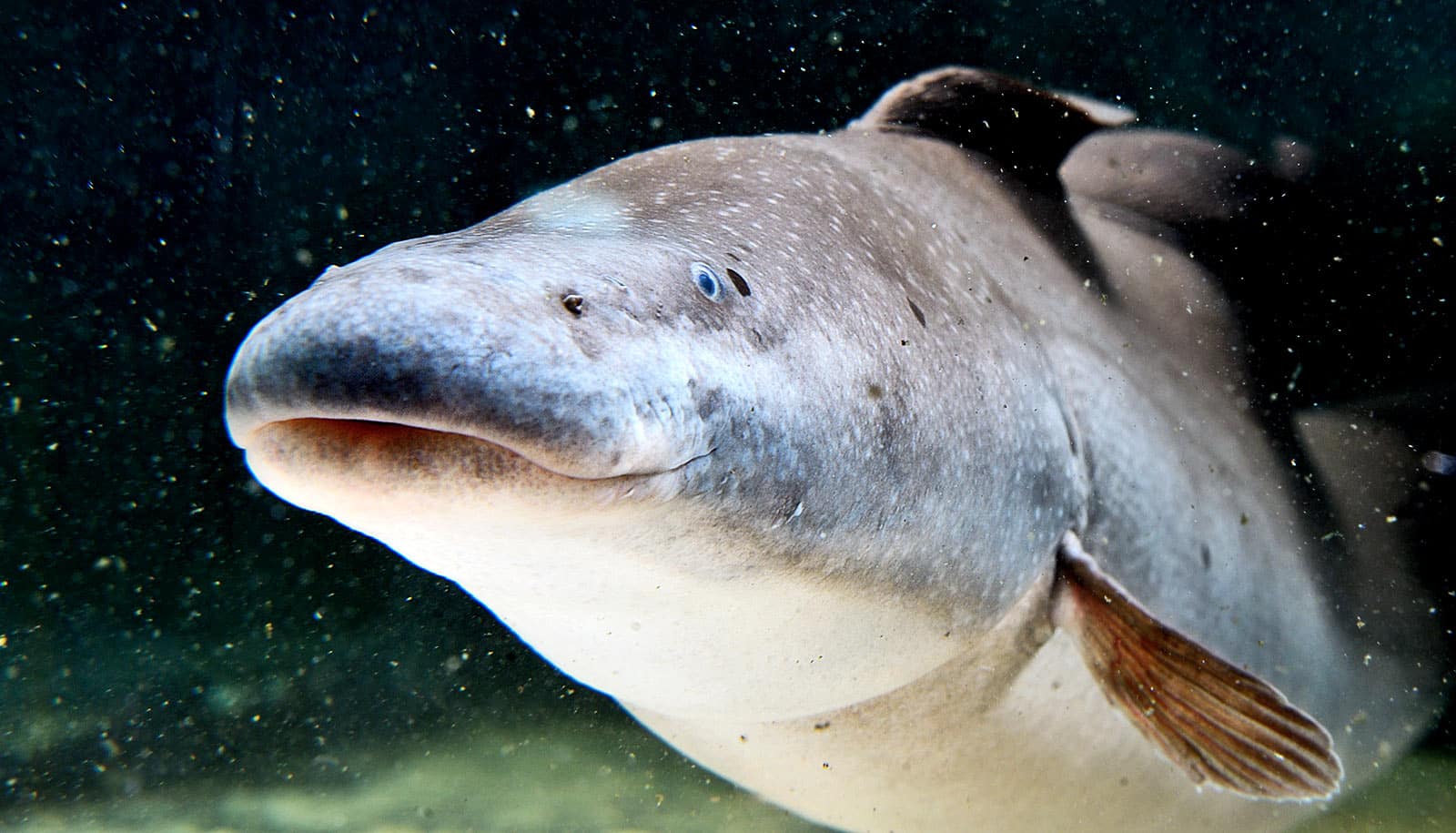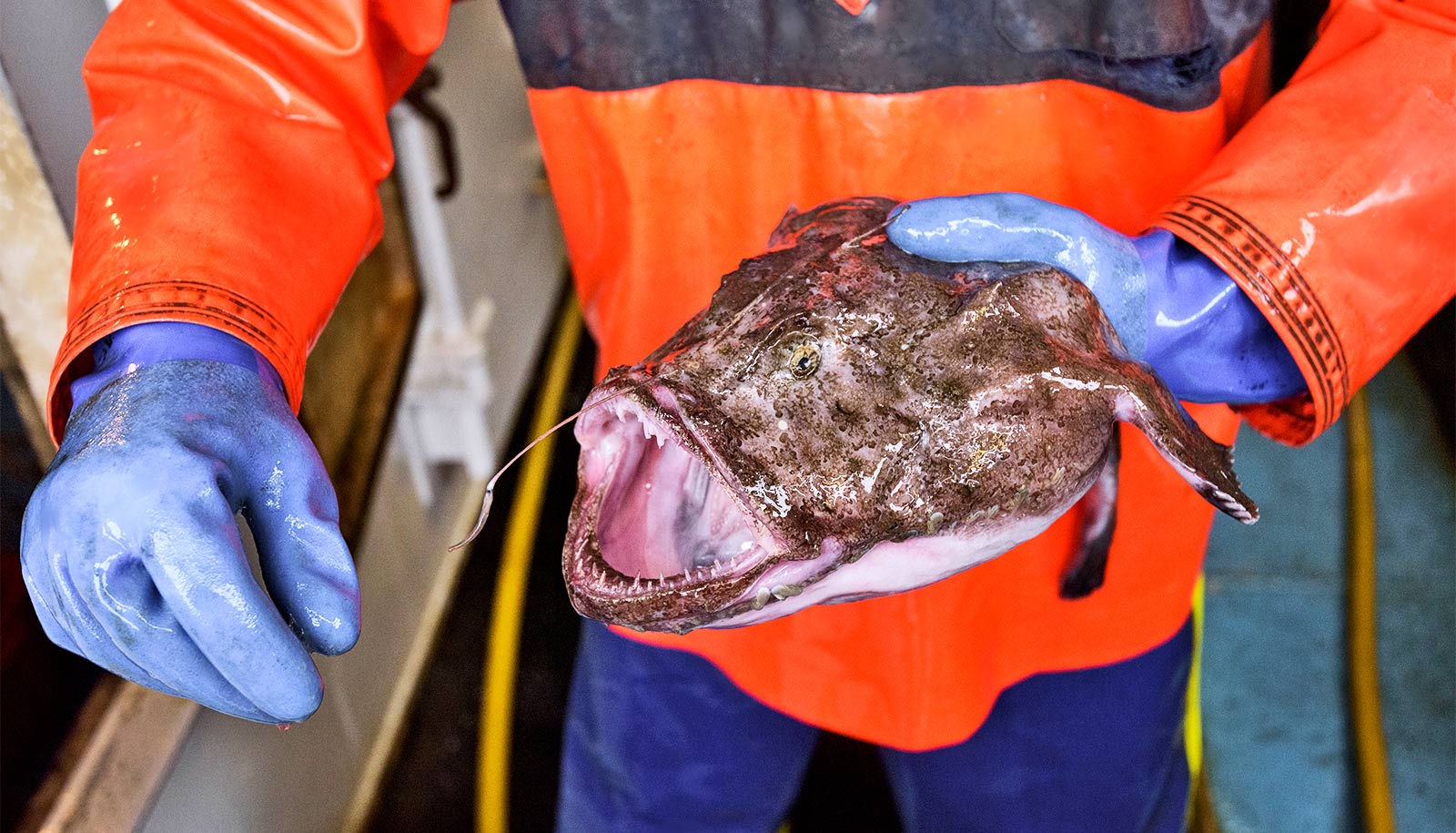A fish that uses electrical charges to sense and communicate with the world around it could provide new insights into diseases such as epilepsy, according to new research.
Brienomyrus brachyistius, commonly known as the baby whale, sends out electrical spurts that last only a few tenths of a thousandth of a second and allow it to navigate without letting predators know it’s there.
“These fish have a real ‘need for speed’ when it comes to their electric signals.”
In a new paper in Current Biology, scientists outline how the fish developed a unique bioelectric security system that lets them produce incredibly fast and short pulses of electricity so they can communicate without jamming one another’s signals, while also steering clear of the highly sensitive electric detection systems of predatory catfish.
“These fish have a real ‘need for speed’ when it comes to their electric signals,” says Jason Gallant, assistant professor of integrative biology at Michigan State University. “Many of the genes involved in making electric discharge signals, including these potassium channels, show signatures of natural selection that emphasize this need.”
In a specialized electric organ near the tail, weakly electric fish, like the baby whales, possess a protein that also exists in the hearts and muscles of humans. The electrical pulses this protein, called the KCNA7 potassium ion channel, generates last just a few tenths of a thousandth of a second. Some electric fish have adapted to discriminate between timing differences in electrical discharges of less than 10 millionths of a second.
“Most fish cannot detect electric fields, but catfish sense them. The briefer electric fish can make their electric pulse, the more difficult it is for catfish to track them,” says Harold Zakon, a professor in the integrative biology and neuroscience departments at the University of Texas at Austin.
The team identified a negatively charged patch in the KCNA7 protein that allows the channel in the electric fish to open quickly and be more sensitive to voltage, allowing for the extremely brief discharges.
What scientists learned about the fish, the electrical signals they use, and how they evolved may help humans in the future by shedding light on how those same electrical pathways operate in conditions such as epilepsy, where electrical pulses in the brain and muscles cause seizures.
The finding may also have implications for discoveries about migraines and some heart conditions.
“Mutations in potassium channels that make them too sensitive or not sensitive enough to electrical stimuli can lead to epilepsy or cardiac and muscle diseases,” says first author Swapna Immani, a research associate in neuroscience and integrative biology at the University of Texas at Austin. “So understanding what controls the sensitivity of potassium channels to stimuli is important for health as well as a basic understanding of ion channels.”
A.I. spots epilepsy seizures in advance
Previous understanding of the same protein was based on potassium channels in fruit flies, but this paper suggests that the particular region with the negative patch might function differently in vertebrates, researchers say.
Looking at the evolution of the specialized electric organ also can provide important windows into how genes change and express themselves. By studying unique or extreme abilities in the animal kingdom, much can be learned about the genetic basis of adaptations, the paper says.
“The take-home message of our project is that strange animals like weakly electric fish can give very deep insights into nature, sometimes with important biomedical consequences,” Gallant says.
“We discovered something at first blush that would seem like an idiosyncrasy of the biology of electric fish, which is always exciting but lacks broad applicability. Because of the relaxed evolutionary constraints on this important potassium channel in electric fish, which don’t have to follow the same rules normally imposed by nervous system or muscle, the tinkering of natural selection has revealed a physical ‘rule’ that we suspect governs potassium channels more broadly,” Gallant explains.
The National Science Foundation and the National Institutes of Health funded the work.
Source: University of Texas at Austin, Michigan State University



